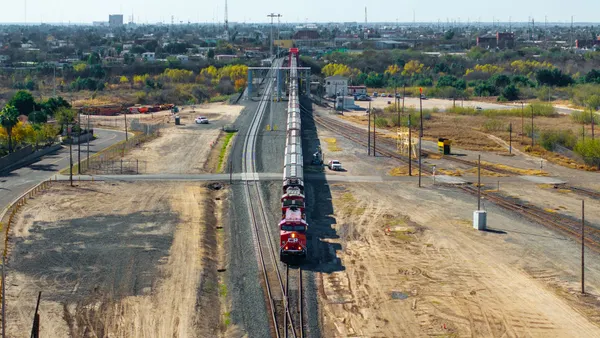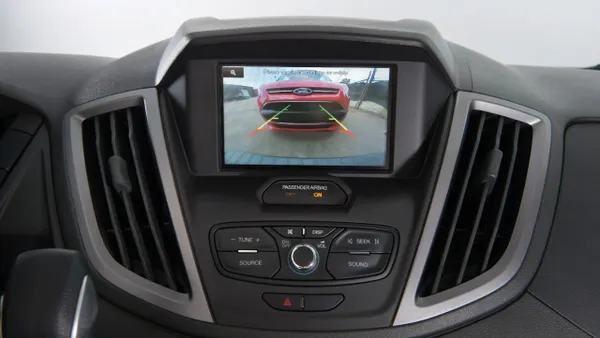Dive Brief:
- Pickups, vans and SUVs with a hood height above 40 inches are about 45% more likely to kill pedestrians in a crash than vehicles with a hood height of 30 inches or less and a sloping front end, according to an Insurance Institute for Highway Safety study published Tuesday.
- Sloping front ends did not lower fatalities for vehicles with hood heights above 40 inches, but they did for vehicles with hood heights between 30 and 40 inches. Vehicles with blunt front ends and hood heights of 30-40 inches were 26% more likely to kill a pedestrian in a crash than vehicles with similar hood heights and sloping front ends.
- Automakers can make vehicles safer for pedestrians “by lowering the front end of the hood and angling the grille and hood to create a sloped profile,” IIHS Senior Research Transportation Engineer Wen Hu, the study’s lead author, said in a statement.
Dive Insight:
Pedestrian crash deaths reached a 41-year high in 2022, with more than 7,500 people dying in U.S. traffic crashes, the Governors Highway Safety Association said in June. Those fatalities have risen 80% since bottoming out in 2009, the IIHS study says.
In addition to speeding and poor infrastructure, larger vehicles are making pedestrian crashes more deadly, IIHS says. The average U.S. passenger vehicle is about four inches wider, 10 inches longer, eight inches taller and 1,000 pounds heavier than it was 30 years ago.
“It’s clear that the increasing size of the vehicles in the U.S. fleet is costing pedestrians their lives,” IIHS President David Harkey said in a statement. “We encourage automakers to consider these findings and take a hard look at the height and shape of their SUVs and pickups.”
IIHS evaluated nearly 18,000 crashes between a single passenger vehicle and a single pedestrian for the study, calculating front-end measurements for almost 3,000 unique vehicle designs. The study excluded vehicles equipped with pedestrian automatic emergency braking systems.
In May, the National Highway Traffic Safety Administration said it plans to add information about pedestrian crashworthiness tests to its New Car Assessment Program, which provides consumers with vehicle safety information.
“Ensuring the safety of pedestrians is a top priority at [the U.S. Department of Transportation], and these proposed updates to NCAP are an important step in addressing the crisis of roadway deaths in America,” NHTSA Acting Administrator Ann Carlson said in a May statement. “Vehicles must be designed to protect their occupants while increasing safety for those outside the vehicle, too.”
In June, NHTSA proposed mandating AEB systems for nearly all U.S. vehicles weighing under 10,000 pounds. The proposed rule would also require that AEB systems detect and stop for pedestrians at night when it’s harder for drivers to see.
Some automakers, however, said the proposed rule could lead to false alarms and avoidable collisions.













